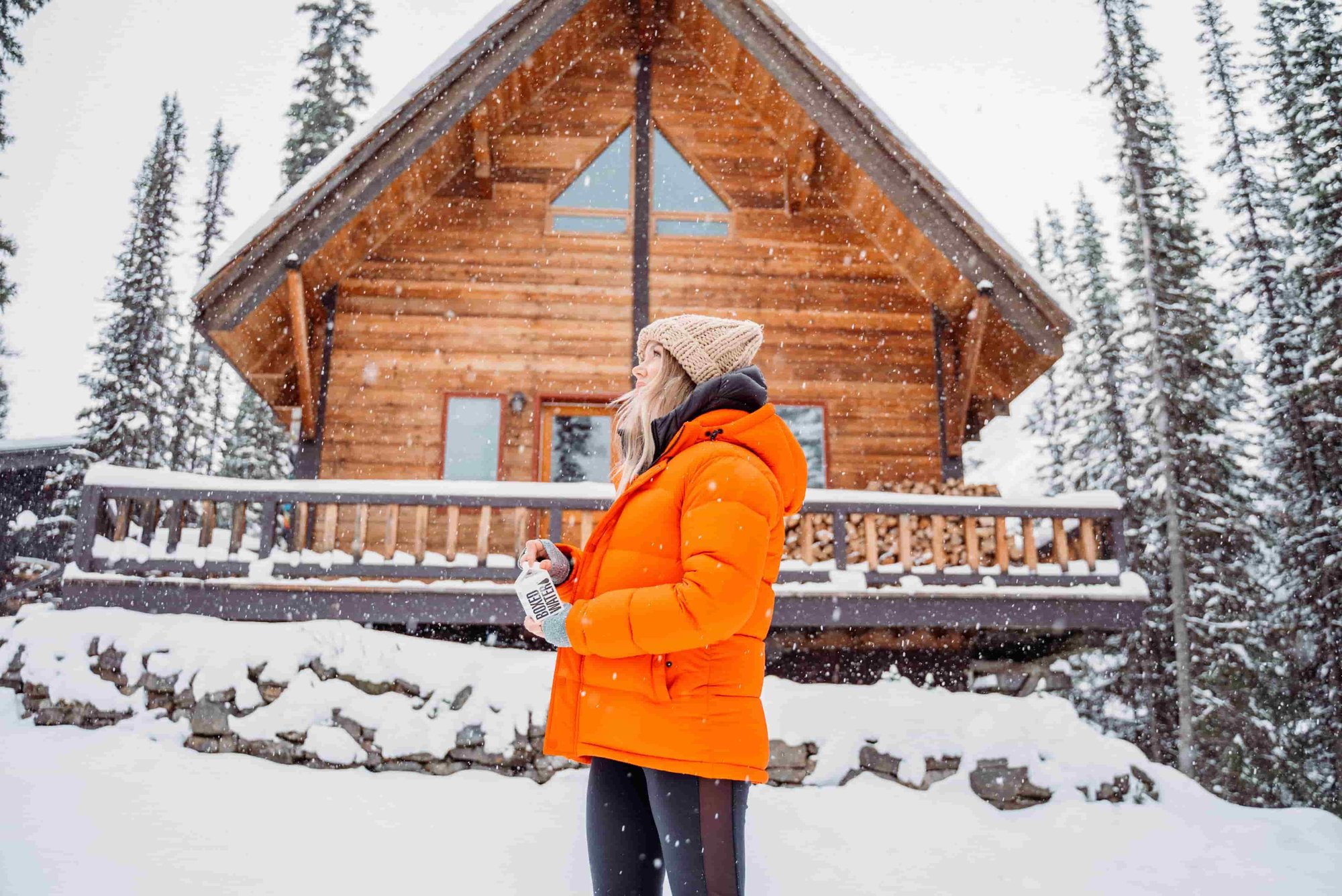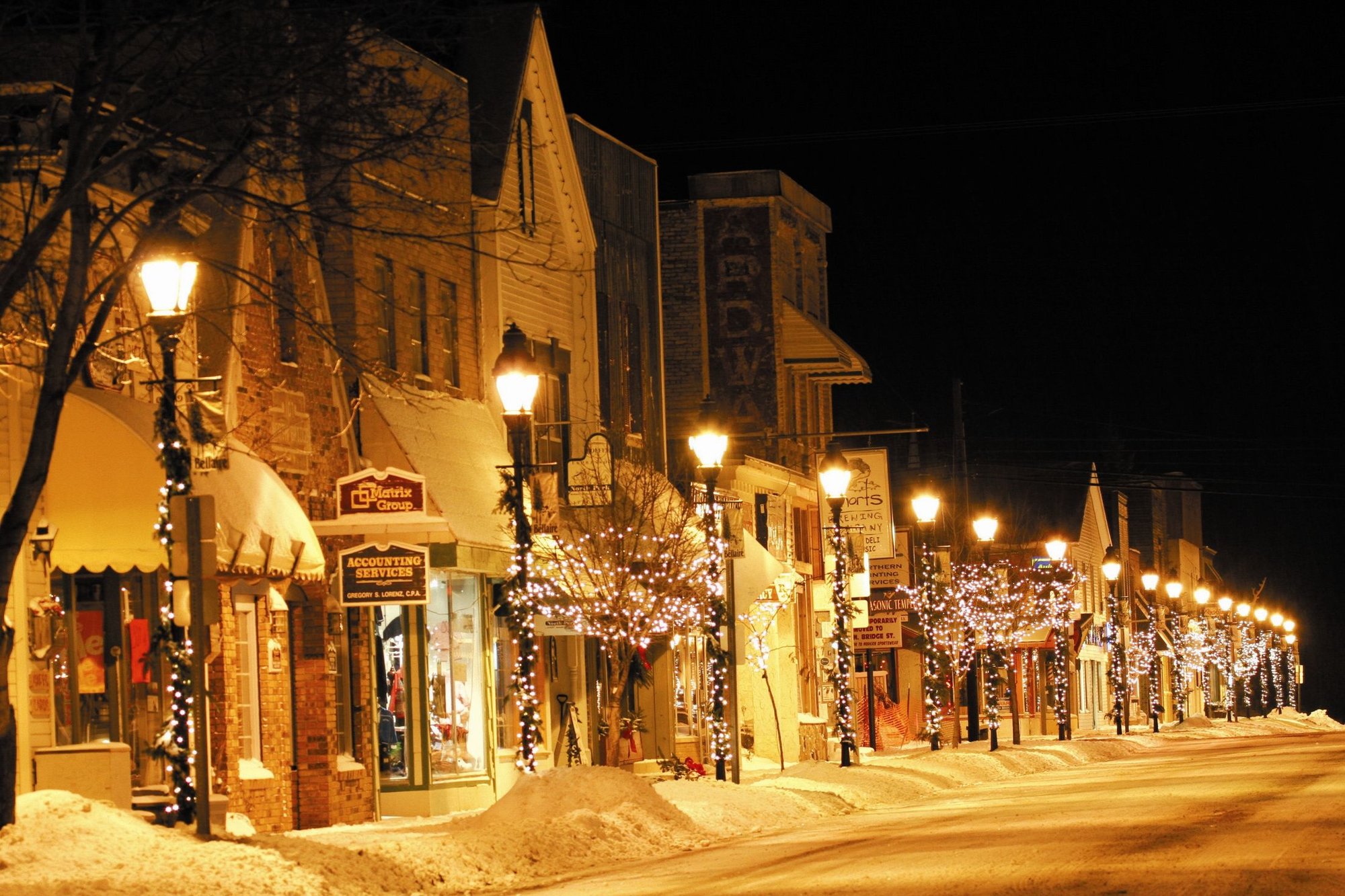In the winter, controlling the thermostat is critical for budgeting. When it's cold outside, find out what temperature to set your thermostat to.

It's tempting to put up the heat when the weather starts to cool down. Changing the temperature may appear to be more pleasant, but it might be costly. Here are some helpful hints for determining what temperature to set the thermostat to keep your heating expenditures under control.
In the winter, the best temperature to set the thermostat is
According to Sam Price, the creator of Heatable, a heating company based in the United Kingdom, the basic rule of thumb is simple to remember.
"When most people are at home during the day, the 68-degree mark should be most comfortable," Price added. "In the winter, raise your room temperature to between 68 and 70 degrees, or even higher if you live in a humid environment." Lower than that, and you could end up with mold on your walls since colder air isn't as good at preventing water vapor from accumulating in your home."
You could think you need a higher or lower indoor temperature depending on the weather, but you usually don't.
"This is especially true when there is more humidity outside due to rain or snow," Price said. "It's important to remember that relying solely on your body can lead to disastrous results. Our subjective feelings are deceiving: the hotter we feel, the more humid the air is, and vice versa."
If you have infants or elderly inhabitants in your house, Price recommends turning up the heat a notch or two to make them feel more at ease (between 69 and 70 degrees).
When you're away in the winter, what temperature should you set the thermostat to?
You may decrease the thermostat significantly if you're leaving home for any amount of time, whether it's just to go to the office or on vacation. Lowering it will save you money on heating that isn't being used, but you should also prepare for the worst while you're gone.
If your thermostat isn't set appropriately, freezing conditions outdoors can quickly cause difficulties inside your home. What is the most important thing to remember? Pipes for water. Your home's heat should be kept high enough to prevent pipes from freezing and perhaps exploding.
Keep indoor temperatures between 50 and 59 degrees to avoid frozen and burst pipes. You can also close the main valve to assist prevent any further problems.
What is the optimal temperature for sleeping?
The ideal room temperature for a good night's sleep is between 66 and 70 degrees Fahrenheit.
During the winter months, the optimal temperature for sleeping soundly is quite subjective. After all, we're all built in our own unique way. Furthermore, the body's internal heating and cooling mechanisms, which involve blood flow and core body temperatures, might vary, requiring unique adjustments during night.

A heated room can disrupt sleep phases, which are critical for fatigue recovery at night, reducing sleep efficiency. Babies should not be kept in a room that is overly hot, according to Sleep.org. Your pediatrician can assist you in determining what temperature is appropriate for infants.
How to cut your heating costs
"Trying to quickly heat up a cold home by setting the thermostat considerably higher than desired won't warm your property any faster," said Adam Redgwick, sales manager and director of Warmaway, a plumbing and heating services firm in the United Kingdom. "Your home will warm up in the same amount of time—but it's probable you'll forget to turn the thermostat down, causing it to get too hot and waste energy, raising your expenses."
Instead, adopt simple methods to save money, such as lowering the temperature of your home by one degree at all times.
Turning your thermostat down 7-10 degrees from its typical setting for eight hours a day will save you up to 10% on your heating expenditures annually. If you spend most of your time at home, lower the temperature at night; if you leave the house for work outside the home, lower the temperature during those hours.
A programmable thermostat might also help you save money. You may set it to make the modifications you desire throughout the day after it's installed. Furthermore, most thermostats now come with an app that allows you to alter the temperature and override programs at any time.
Here are five more ways to save money on your heating bills this winter.
- Examine your home for fissures and cracks that you may seal to keep more heat in.
Heat can escape through windows, doors, fireplaces, and even electrical outlets. To reduce drafts, a little insulation or weatherstripping can be quickly placed. Weatherproofing kits are also available to cover doors and windows temporarily during the winter months. - Don't waste energy heating portions of your home that aren't in use.
Do you have a spare room or bathroom that you rarely use? Close the heating vents in those rooms and close the doors if at all possible. If there are water pipes in the walls, make sure the rooms never become colder than 40 degrees. - To distribute heat, use ceiling fans.
It may sound contradictory, but turning a fan's blades counterclockwise can really help keep a room warm. This simple action assists in forcing warm air trapped near the ceiling downward and around the space. - Find innovative ways to repurpose the heat you've previously generated.
If you use the oven regularly, for example, leave it slightly open while it cools down after each use. The heat that escapes can be used to warm up your kitchen and even the surrounding region. - Negotiate your rates with your heating provider.
Check with your heating company to be sure you're getting the best deal for your plan and situation. Some energy companies, for example, provide discounted rates to people who have particular health problems. It's possible that switching providers will save you money as well.


Leave A Comment